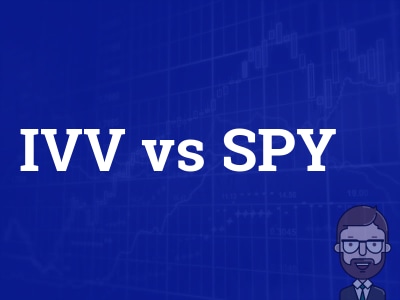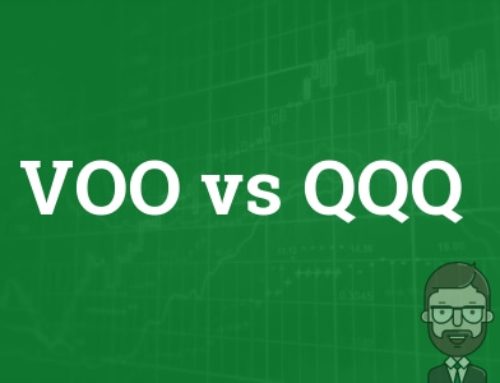 Today’s post compares the two hugely popular ETFs: SPY (SPDR S&P 500 ETF) and IVV (iShares Core S&P 500 ETF). These funds are 2 of the largest in existence based on market cap and volume… and for good reason… they are all around excellent funds.
Today’s post compares the two hugely popular ETFs: SPY (SPDR S&P 500 ETF) and IVV (iShares Core S&P 500 ETF). These funds are 2 of the largest in existence based on market cap and volume… and for good reason… they are all around excellent funds.
IVV ETF tracks the performance of the S&P 500 as its underlying index. Approximately 90% of the fund’s assets are invested in securities and depositary receipts of the underlying index.
The SPY fund is very similar in that it is built to provide results that correspond to the price and yield performance of the S&P 500 index. The fund holds a portfolio of stocks that are included in the index, with the weight of each stock corresponding to the weight of the stock in the index.
The funds have a number of similarities, as well as a few differences. In this post I attempt to help explain some of these similarities and differences.

Final Thoughts
As you can see, both of these funds are very similar. SPY benefits from being an older fund that now has around 30% more market cap than IVV, as well as considerably more trading volume. IVV fees are a bit more favorable, but at the end of the day both of these fees are cheap in regard to expenses. My opinion is that you can’t go wrong with either one of these funds. Both, in my opinion, are excellent investments and should be a part of everyone’s retirement savings strategy.


Leave A Comment